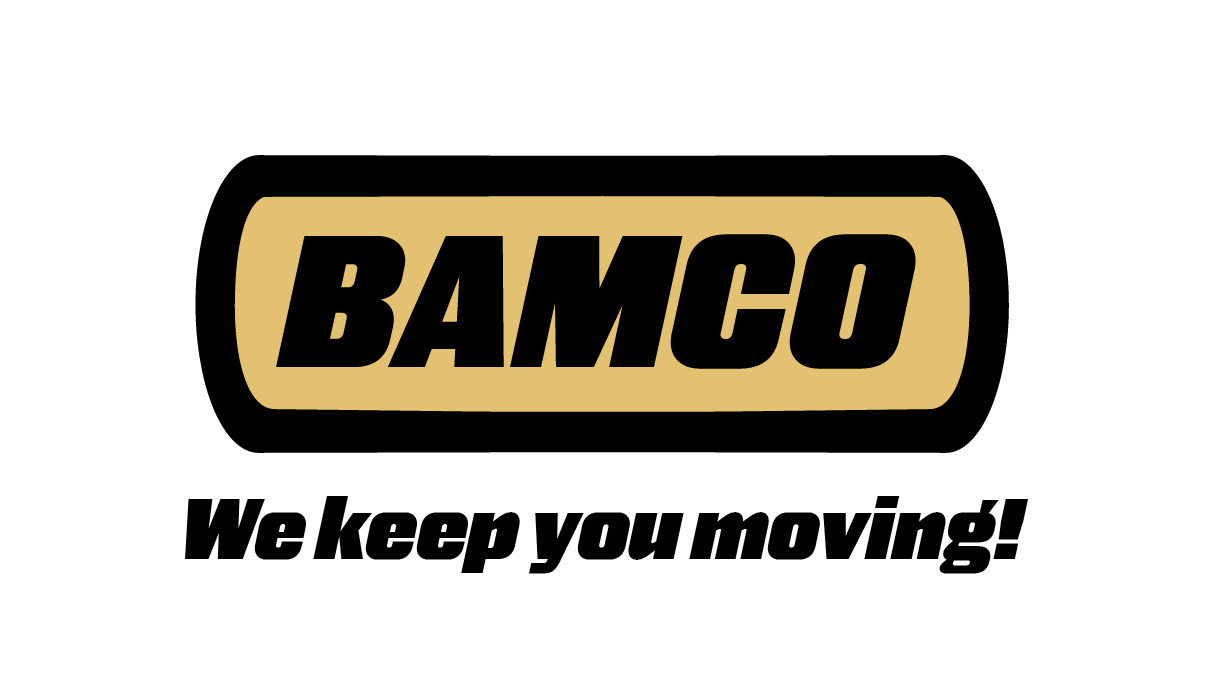When it comes to feeder belts, there are a lot of different materials, brands, and characteristics that differentiate belts. It can be overwhelming. The point of this article is to compare all of the different brands and the materials sold by each brand. This way, you’ll make the best purchase for your machine.
To start, selecting a feeder belt is like selecting any kind of belts. There are a series of steps (best laid down by Nitta’s guide books) that you have to follow:
Select the Conditions
Determine the Environment
Determine Required Belt Performance
Determine the Installation Conditions
When it comes to selecting conditions, there are several questions that need to be asked. What are the operating conditions? What is the load inertia? What are the number of revolutions? What is the speed ration? What is the pulley diameter? What is the center distance of the pulleys? Those last two questions are the most important because they determine the dimensions of the belt. The center distance determines the length of the belt while the pulley diameter determines if the belt will work. The first step is always to measure these two aspects. While the belt length can be changed, always check the minimum pulley requirements first in the charts below.
The next step is to determine the environment. Like selecting conditions, there are several questions that need to be asked. What is the atmosphere? The atmosphere refers to things such as oil, water, dust, and ozone. Another question is what is the ambient temperature? You always need to consider this during operation or stop. Are there any rays such as ultraviolet light? These aspects are always the second thing to check in the charts.
Once you’ve narrowed down the minimum pulley, ambient temperature, and atmospheric conditions, you need to consider the belt performance. Always ask; Is there a standard elongation rate? What is the required tension? What is the tension member/belt going to be made of? What is the rubber made of? What is the required coefficient of friction? Does the belt need to be antistatic? How hard or soft is the belt? Does the belt need to be non-marking?
After you’ve narrowed down the belt that you need based on the requirements above, you then determine the top/bottom surface of the belt based on tension adjustments and pulley shape. You will also want to keep in mind, once everything is said and done, a few more things.
The Machines Being Used
The Purpose of the Use
Desired Items Being Conveyed
Different Types of Items Being Conveyed
After you have gone through this step by step, you should be able to determine one or two different belt materials that will work for you. From there break down what works best for you price wise.
Nitta
Nitta’s feeder belts all come from their SEB series. These belts, as you can see from the table below, are all very similar. They are all seamless belts with the same; glossy side, tension member, elongation, operating temp, and minimum pulley diameter. The only differences come in the ground side of the belt. The rubber is a different color, with different hardnesses, coefficients of friction, or regulatory compliances. If you would like to learn more about the regulatory compliances for the belts, click on the hyperlinks for each one. Belts also vary in size, however, Nitta likes to standardize with what O.E.M’s require.
Nitta Feeder Belt Comparison Chart
Ammeraal
When it comes to Ammeraal it is a little less straightforward. This is due to the fact that these are not just feeder belts but for timing belts also. With that being said, there are four main categories when it comes to their feeder belts; Rubber, PU & PVC, cellular, and special covering materials. All of these materials can vary in hardness, compositions, grip, qualities, and resistances. Each material has its own way of being bonded, with or without a seam. Ammeraal can also do custom fabrications so that there are exact thicknesses, grooves, slots, perforations, embossing, or any other fabrication that is required by drawings. If you want to calculate the minimum pulley diameter for each of these belts just multiply the material thickness by the pulley factor.
